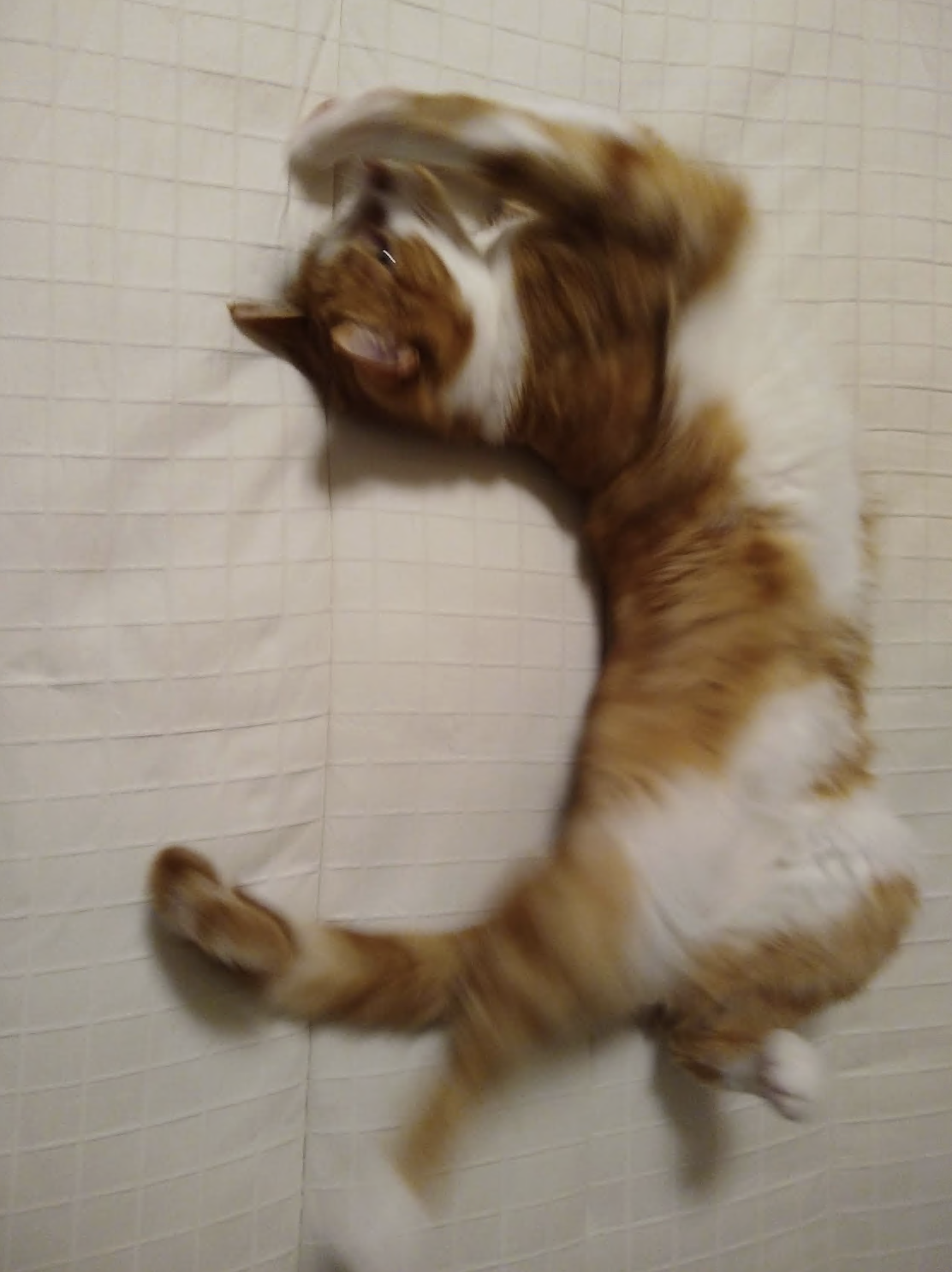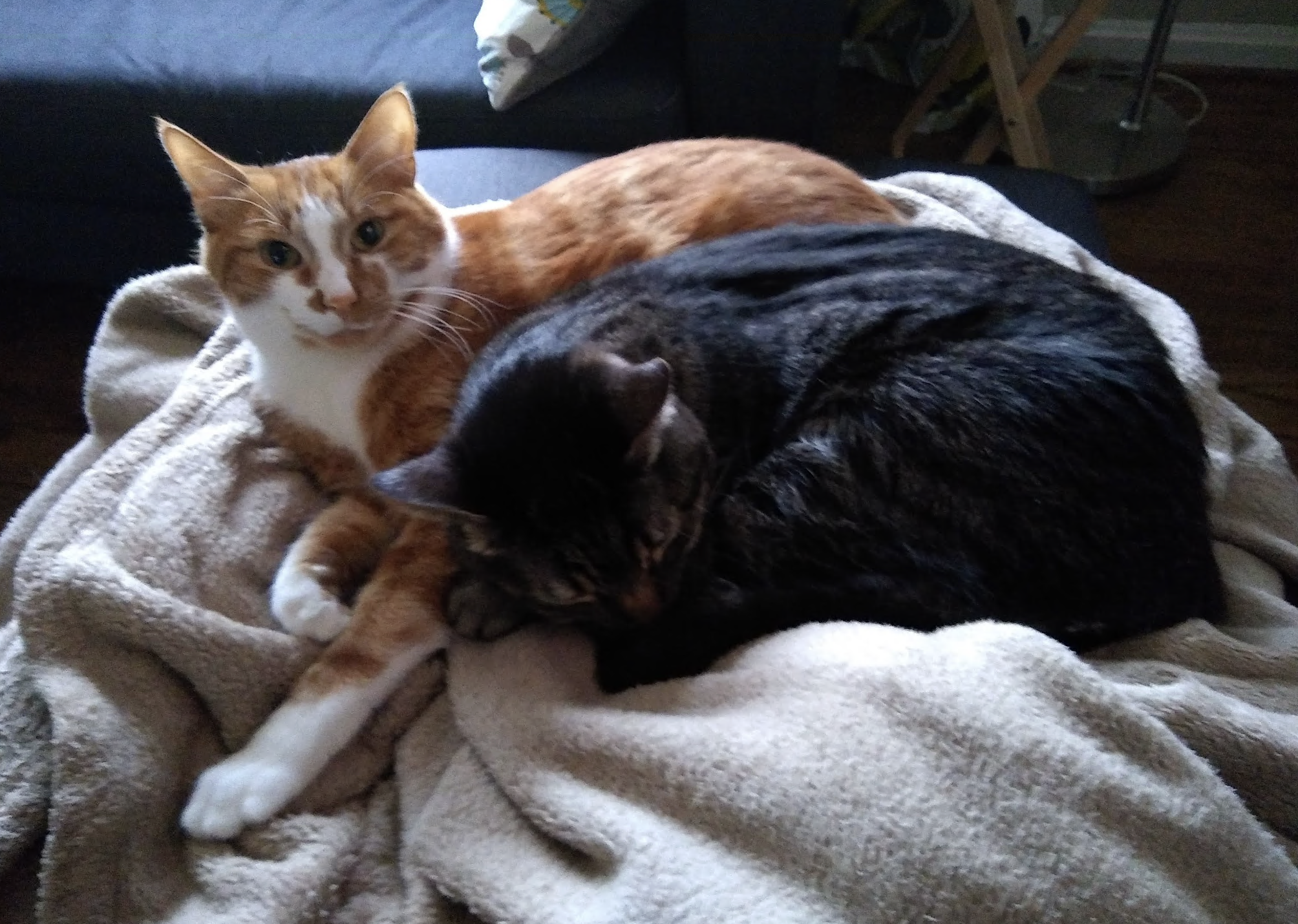These are the things I could remember from high school. It’s woefully incomplete from a combined lack and willful defiance of recordkeeping, but it’s probably best to write it down now before I forget it.
So, I’ll start with the chronologically earliest thing: cross country. That started in middle school out of a guilt for never attending the elementary running clubs and some careful encouragement, which turned into my primary structured use of time outside of school hours. I was out there for a couple of hours every day, every week working hard. Still, I remained the worst runner of my age who wasn’t chronically truant from training on the team. Genetics is apparently important to running, and I didn’t have it. I was always heavier than most of the team at 165lbs for the odd period of 2018 through now. I eventually ran a 26-minute 5K at the end of the 2019 season, which is “pretty good” according to Reddit. The relative lack of success didn’t matter because running was still a great way to diversify my time and get away from technology. I’ll be back to it very soon as the school year ends. Alongside a number of handy stretches that I am slowly disseminating to my family, I heard a great quote at the cross country club: “Every step you make is improvement.” I always keep that in mind during tough jogs, and it motivates me to improve.
Cross country, as it strongly held my attention back then, also leads me to the pandemic. When I heard school was out for an early spring break from my Algebra II Honors class in March 2019, my first thought was “Are they gonna make me run?” This was because the transition to Track and Field in spring for the first time had put me in a competitive environment I wasn’t suited for. I tried a bit too hard to keep up with the more group-oriented practices and was overexerted, hurting my feet. I was pretty glad to hear later in the week that we wouldn’t be required to run for safety reasons. I avoided becoming a complete slug during quarantine by going on walks daily with my family, which worked to connect us and avoid going crazy. For some reason, I also did all of my homework that required active participation, despite most of the school avoiding it. I guess I couldn’t bear to let my teachers down and not read Shakespeare aloud, or model stamps in 3d. I did shirk my responsibility to watch videos made by my excellent math teacher (sorry) because I couldn’t keep myself engaged. Since everyone did that, they retaught the pertinent subjects in Precalculus, thankfully. I also made an effort to get back into cross country through summer running, where I ran for a couple hours every day with the same team as before. This stopped when I was kicked off the team at the start of the 2020-2021 school year for being too slow. I never came back, only running on my own afterward. That’s what I was doing in summer running anyway since no one I knew participated. I like running solo or with one friend best since you can be more closely matched in terms of skill.
What didn’t take nearly as prominent of a role prior to the pandemic was robotics. I participated in the club because it seemed like a good match for computer programming, but it did not generate much interest. They let us actually use the robots for code one time in the entire season, and drive them zero times. I mostly sat back and hung out with my friend, avoiding the build team as they “worked”. We saw the Sonic movie, and that was cool. All the people on the team were nice. It turned out the lack of a robot wouldn’t really be a problem when all FRC meets were canceled because of the pandemic. That was $6,000 and a lot of faith in FIRST down the drain. As a result, the next year the team was moved to FTC, where the entry fee is only $300 and the robots are a lot smaller. That was a great fit for the coming season, where we met only in the team president’s garage on the weekends with a couple of toolkits and laptops. We built a surprisingly competent robot for a team of complete amateurs in robot building but never attended a competition for fear of COVID. The premise of the game is different every year, so the robot wouldn’t be applicable at all next year. The skills we learned would.
The first robot I worked on – a disc shooter
The next year was also pretty tough with our lack of experience, especially in shopping. Our previously purchased materials and methods weren’t really in sync with what did well on robots that year, so we performed poorly at meets. Also, we had somehow lost a member since COVID, bringing the total to two people. A conventional FTC team should be more at 10-15 students. The year was still good for learning, and it led to the much more successful 2022-2023 season. In POWERPLAY, I was the unilateral team president of a group of zero full members. I had 3 years of experience at that point and a lot more knowledge of where to look for the most relevant materials. I spent hours shopping and days programming. Most of the code ended up not being useful, which hurts more when you’re the only person writing it. Still, I spent an incredible amount of hours dedicated to the robot to produce a moderately consistent bot that was described as “the highest scorer in the league, when it worked” by the team that actually made it onto the next level of competition. I had to drive it because no one came to enough club days to learn how to drive robots, which did not cooperate well with my chronic lack of reflexes and coordination. The members who participated only at meets and I scored a Control Award for excellence in automation and control for all of that time spent on “tuning the splines”. Over winter break, I bought a 3d printer solely for the purpose of hand-designing and manufacturing odometry pods. For context, I have seen about six unique designs for odometry pods on the internet, ever. An odometry pod consists of a wheel that is held tightly to the ground by a tensioning mechanism (a rubber band) and an encoder capable of precisely reading the number of times that wheel has been rotated. They tell the robot exactly how far it has moved from a known origin at the start of the match so that it can find its way to the fixed elements of the field on its own. I went through quite a few revisions over a stressful few weeks at home and eventually made the wheels seen above. They had some consistency issues because unlucky scheduling conflicts prevented me from testing the pods on the actual wheels I would be using, but the judges were impressed nonetheless. Winning the Control Award was definitely the proudest moment of my life, even compared to the National Merit Scholarship. It was actual recognition for something I had worked on. ~4000 Control Awards are handed out every year, usually to teams of 10-15 kids fighting for victory in a group of 35 teams total. That’s a fourth of the number of NMS semifinalists, and in a field I consciously worked on rather than idle internet browsing (still great for vocab) and compulsory school education.
The robot near-completion driving itself to score 10 points. Notice the very fast rising speed, and the extremely flawed claw design.


That’s the Control Award.
Stand-out experiences:
What was the most significant moment of high school was when they informed me I was a 2023 National Merit Scholarship Semifinalist. They called me to the counseling office with no explanation near the end of the day, where I sat with a seemingly random assortment of 5 other students I knew. They made us wait for a while, for some reason. Then, we proceeded into a meeting room to hear the news, which had to be kept a secret for a couple of weeks. It was neat, even if the number of colleges that reward students for it has decreased in recent years.
My initial plans for college were very simple: go to the University of Kansas for a Bachelor of Computer Science. That’s how it stayed for a year before I finally went on a tour of KU. They start with an hour of fluff about sports and “diversity” (which should probably be left out altogether – 85% white). Then, they move on to a tour of the quite vertical campus, in which they do not feed you. That turned out okay because they had a store where you could buy bags of stale pastries for a dollar. I, who have stolen food from wild animals before, bought all of the bags. Then, they scheduled a tour with a dedicated academic advisor. He was completely school-specific and conspicuously never mentioned basketball once. Every school has a list of accolades they supposedly have earned in a field of schools that all have very similar sounding achievements. For example, UTD has somehow been put on a list of the “Top 10 Party Schools In America”, despite being known as a fairly weak party school to students. KU had a list to show where they were in the top 30, on Wikipedia no less. It did not inspire much confidence that I couldn’t find it on the first page of Google results for all the words in its name.
I’m sure the experience would have been much the same if I actually attended any other college tours, as long as they provided individualized interviews. I didn’t tour any other colleges because I forgot to schedule them at the two other college cities I visited to see my family. Besides, finances are much more important. Even though I got into ASU, UIUC, KU, and UTD, I picked UTD because they were the only ones with National Merit Scholar benefits. Zero student loan debt is really quite appealing compared to any other option. UIUC came in at an untenable $250,000 due to their #8 ranking in Computer Engineering. They also did not have an honors college. ASU, unfortunately, had their NMS program canceled by the state legislature a couple of years before my application, which I wish I knew before writing multiple essays for its honors program. I still got in, but it wasn’t worth the price. Finally, KU unsurprisingly accepted me for both admissions and the honors college for a couple of essays. What was shocking was their meager NMS benefits at $4,000 total. Somehow, an in-state college costs tens of thousands more than options in another state. I still would have picked it if not for the existence of UTD. I really wasn’t willing to study in Oklahoma or Alabama, even if they offered reasonable tuition and free dinner parties for my family. Carnegie Mellon never made it past the Common App phase since their endless essay requirements did not seem like a reasonable way to find out if I had been the unlikely recipient of additional funds.
That brings us to the University of Texas at Dallas, which offers National Merit Scholars free entry into the honors program (a slight disappointment since I now have tons of decent essays for honors applications laying around). They realize the promise of my counselors by offering an unparalleled $236,000 in scholarships, bringing their pricing more in line with schools in Europe.
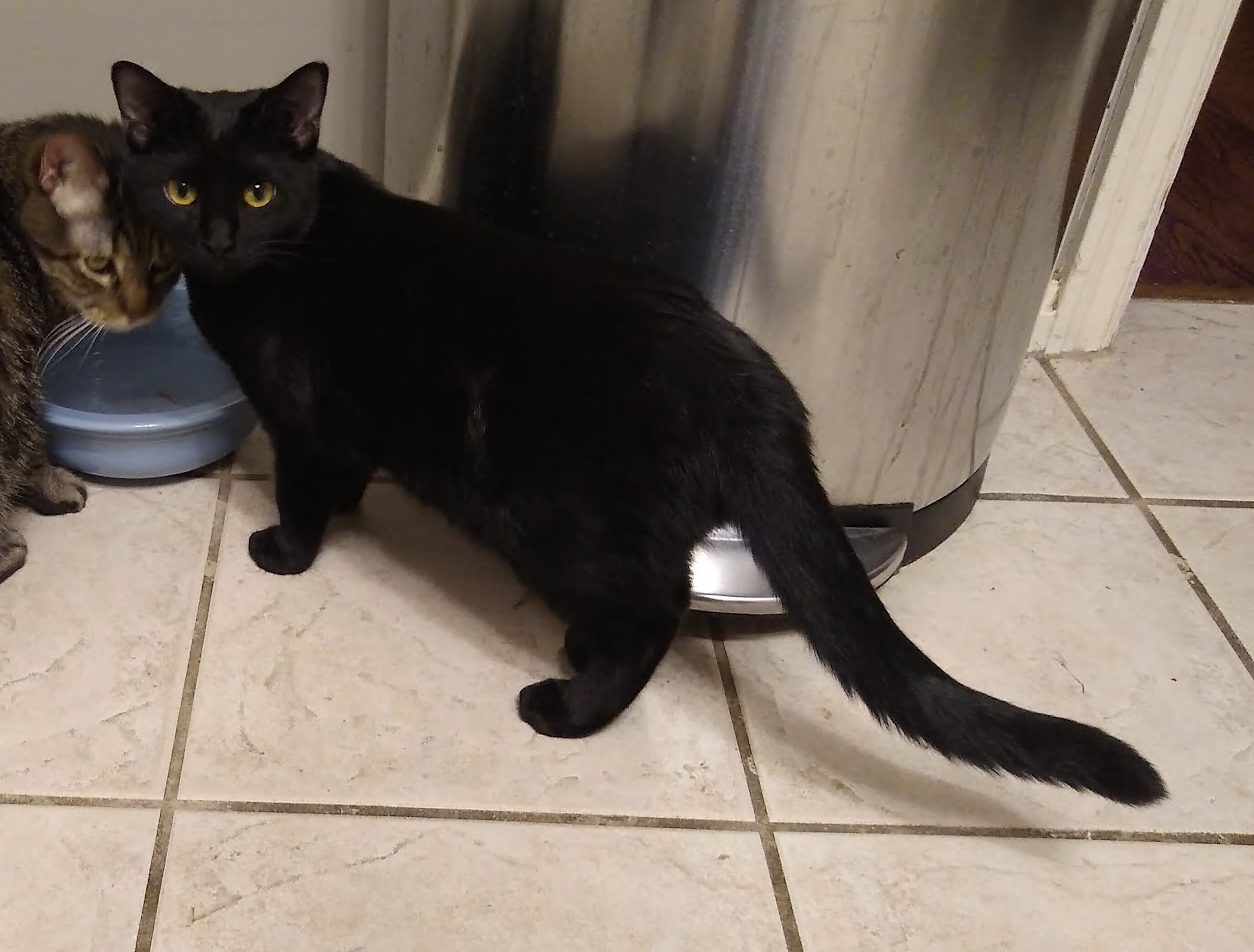
I got a new cat in 2022. Her name is Cholula.
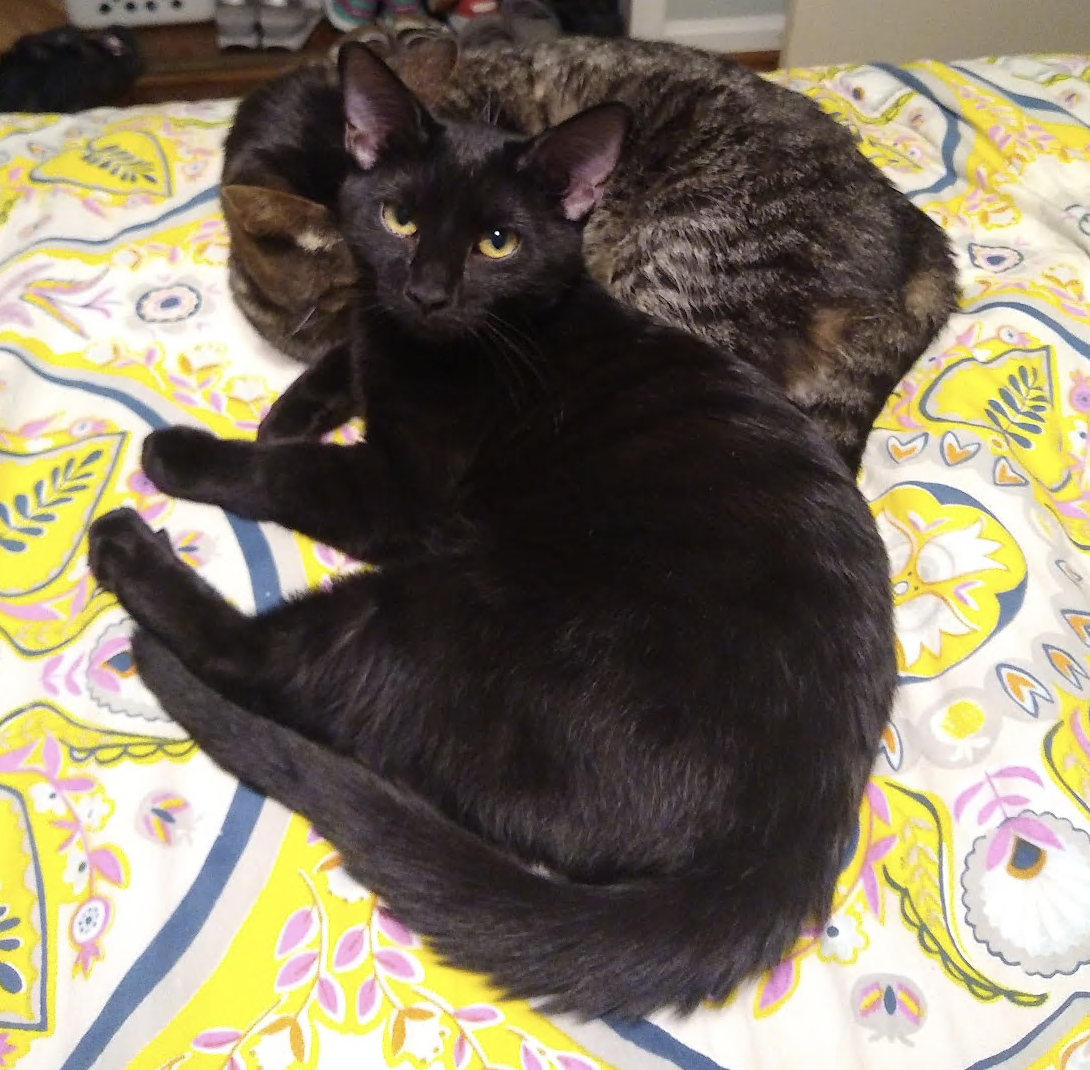
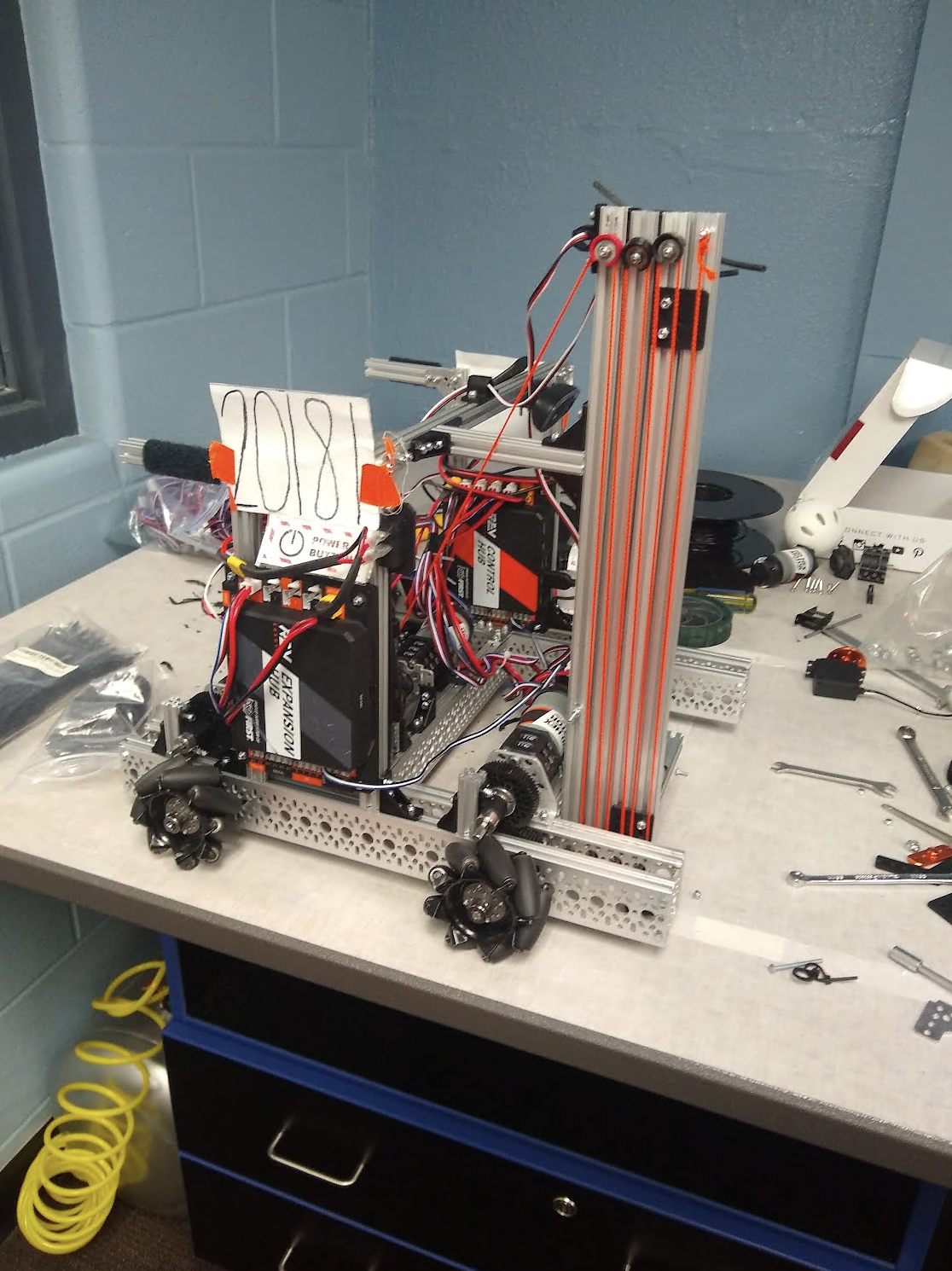
The robot we competed with in 2023.
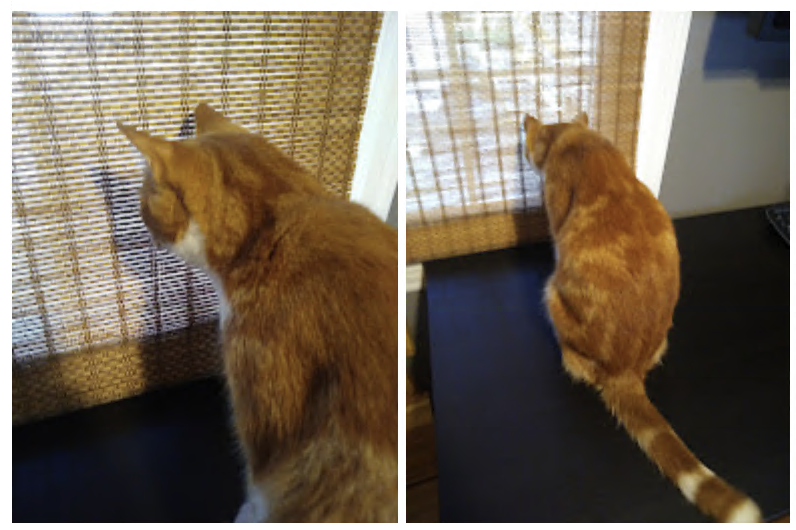
I still love my other cats, but Mimir isn’t the smartest.
